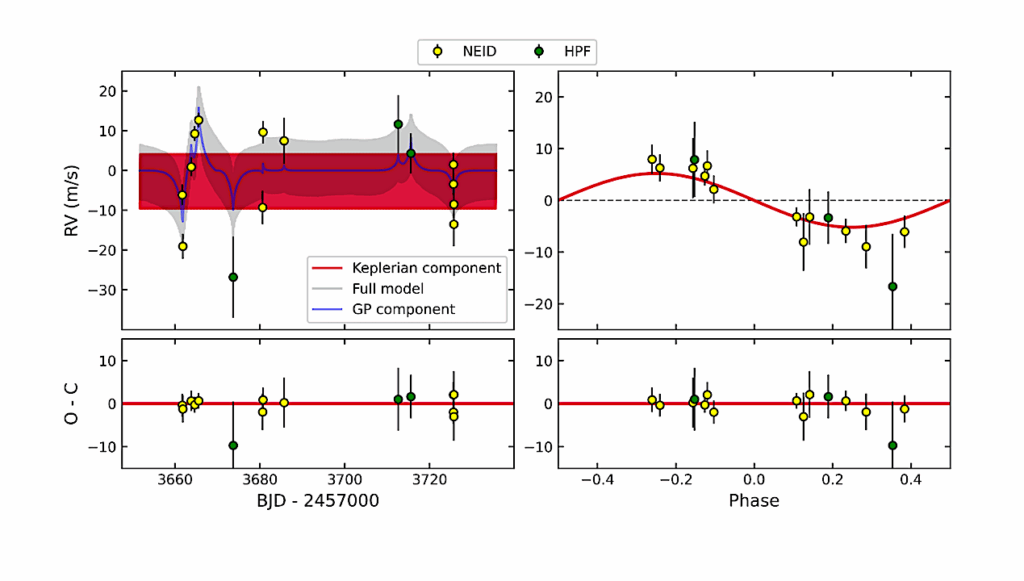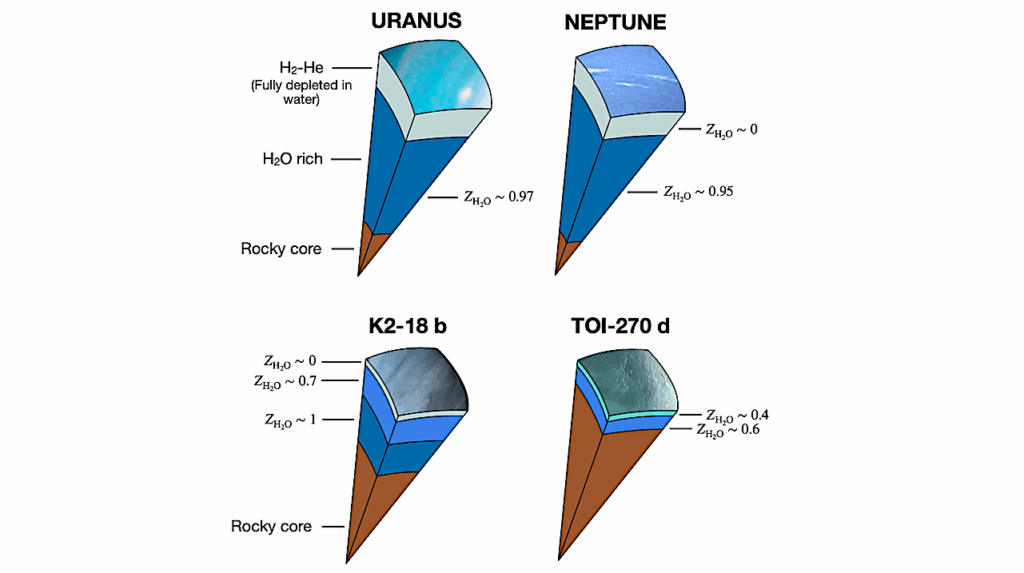Observability of Hydrogen-rich Exospheres in Earth-like Exoplanets

Context. The existence of an extended neutral hydrogen exosphere around small planets can be used as an evidence for the presence of water in their lower atmosphere but, to date, such feature has not been securely detected in rocky exoplanets.
Planetary exospheres can be observed using transit spectroscopy of the Lyman-α line, which is limited mainly by interstellar medium absorption in the core of the line, and airglow contamination from the geocorona when using low-orbit space telescopes.
Aims. Our objective is to assess the detectability of the neutral hydrogen exosphere of an Earth-like planet transiting a nearby M dwarf using Lyman-α spectroscopy and provide the necessary strategies to inform future observations. Methods. Our tests require spatial and velocity information of the neutral hydrogen particles in the upper atmosphere. The spatial distribution is provided by an empirical model of the geocorona, and we assume a velocity distribution based on radiative pressure as the main driver in shaping the exosphere. We compute the excess absorption in the stellar Lyman-α line while in transit, and use realistic estimates of the uncertainties involved in observations to determine the observability of the signal.
Results. We found that the signal in Lyman-α of the exosphere of an Earth-like exoplanet transiting M dwarfs with radii between 0.1 and 0.6 R⊙ produces an excess absorption between 50 and 600 ppm. The Lyman-α flux of stars decays exponentially with distance because of interstellar medium absorption, which is the main observability limitation. Other limits are related to the stellar radial velocity and instrumental setup.
Conclusions. The excess absorption in Lyman-α is observable using LUVOIR/LUMOS in M dwarfs up to a distance of ∼15 pc. The analysis of noise-injected data suggests that it would be possible to detect the exosphere of an Earth-like planet transiting TRAPPIST-1 within 20 transits.
Leonardo A. dos Santos, Vincent Bourrier, David Ehrenreich, Shingo Kameda
(Submitted on 5 Dec 2018)
Comments: 12 pages, 13 figures, accepted for publication in Astronomy & Astrophysics
Subjects: Earth and Planetary Astrophysics (astro-ph.EP)
Cite as: arXiv:1812.02145 [astro-ph.EP] (or arXiv:1812.02145v1 [astro-ph.EP] for this version)
Submission history
From: Leonardo A. Dos Santos
[v1] Wed, 5 Dec 2018 18:09:58 UTC (1,249 KB)
https://arxiv.org/abs/1812.02145
Astrobiology








